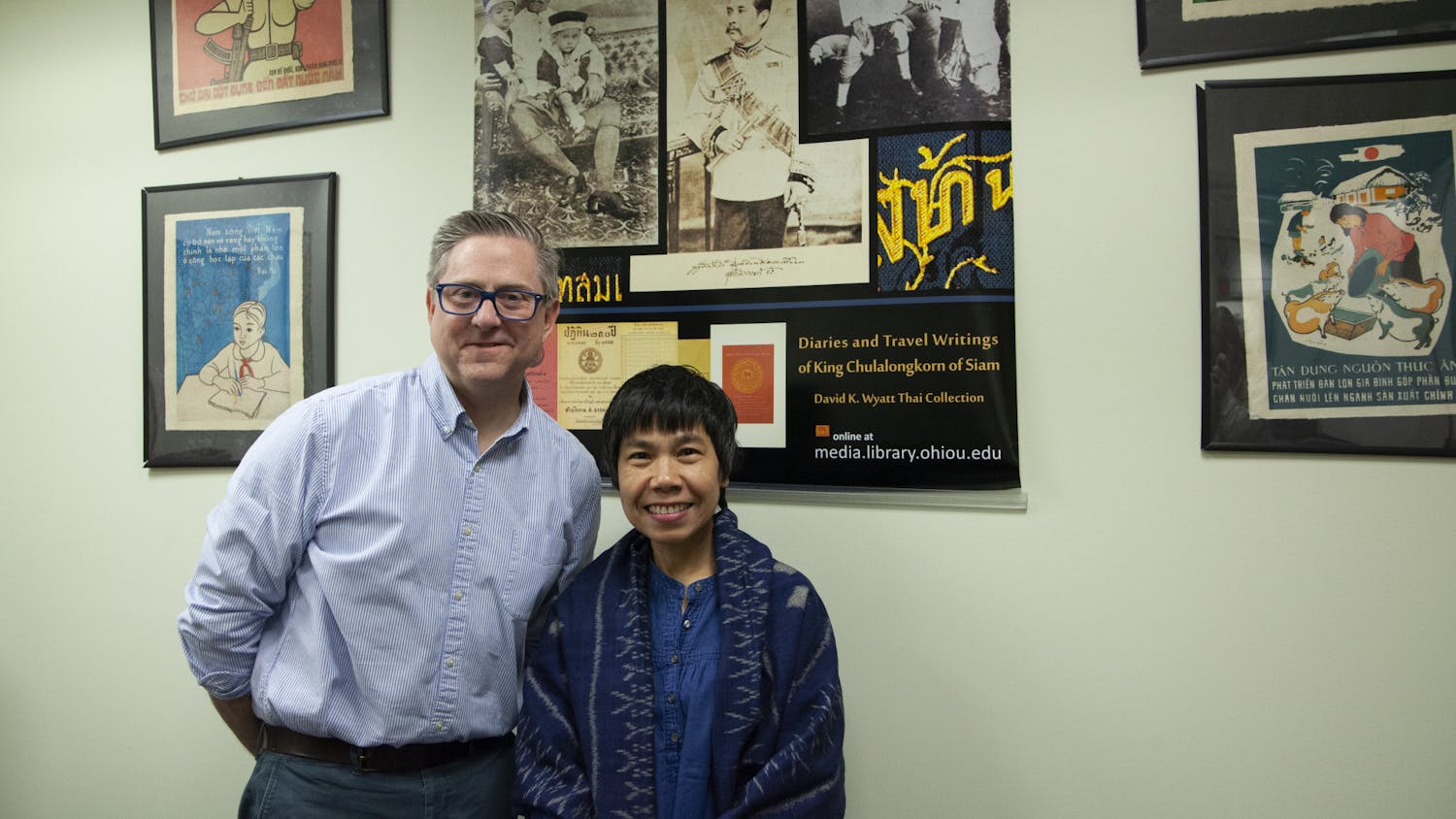This year, a book featuring 18 autobiographies will reveal the experiences of black students at Ohio University preceding the Civil Rights Movement.
Carl Walker, a 1956 graduate of OU, is co-authoring Soulful Bobcats: Experiences of African American Students at Ohio University during the 1950s with Betty Hollow, author of Ohio University, 1804-2004. Their book, composed of 18 personal accounts from people now in their 70s or older, will be published this fall.
“These were important times for African Americans who went to school at predominantly white universities,” Walker said. “The book shows the passivity of African Americans at the university. We were told not to rock the boat.”
There is no record of the number of black students enrolled during the ’50s, because OU didn’t start surveying students’ race until the ’70s. During spring quarter 2012, there were reportedly 1,650 black students — almost five percent of the total student population. That’s much higher than it was estimated to have been during the ’50s.
In 1954, the U.S. Supreme Court implemented state laws declaring separate schools for white and black students unconstitutional. But even though the landmark case Brown v. Board of Education put an end to state-sponsored segregation, prejudice was still a part of daily life for some.
“One day, the newspaper had published a picture of black students dancing in the Bunch of Grapes Room and the headline was ‘Bunch of Apes Room,’” said George Hall, who graduated in 1960.
Hall’s autobiography also describes the racism he faced as a black athlete, including one memory of a waitress at a Kentucky restaurant refusing to serve “coloreds” when he was there with his track teammates. The entire team got up and left before their meals were served, he said.
Walker said though black students were allowed to live in OU residence halls during his time here, they were not allowed to room with white peers. Most of the men chose to stay at the Kappa Alpha Psi fraternity house instead, where they wouldn’t be treated differently for the color of their skin.
“Black men were always treated worse than black women,” said Dorothylou Sands, who attended OU from 1953 to 1955.
Sands said although she only experienced one event of direct discrimination based on her race while at OU, she is aware that her male classmates experienced more.
“I would go to a lot of things where I was the only black person there because I never wanted to segregate myself,” she said.
Sands said she suspects that John Newton Templeton, OU’s first black student who graduated in 1828, lived with President Robert Wilson so he wouldn’t get lynched, and the same fear circulated during her tenure, she said.
But even with enough stories of segregation to fill a book, some of the writers acknowledge that OU was more receptive to black students than other colleges.
“Considering the time period, Ohio University was pretty liberal,” Walker said.
“We had administrators who were from the North, and they had varying degrees of racial tolerance. The university itself had a liberal tolerance, which helped, more than hurt, African American students.”
Walker’s upcoming book, Soulful Bobcats: Experiences of African American Students at Ohio University during the 1950s, will be launched later this year in Athens, where it all began more than 60 years ago.
“We’re now in our 70s and 80s. It was a unique time in America, and there were unique experiences that will forever be lost if not recounted by the people who were there,” Walker said. “We’re trying to bring out the story of a very peculiar time.”
oy311909@ohiou.edu





